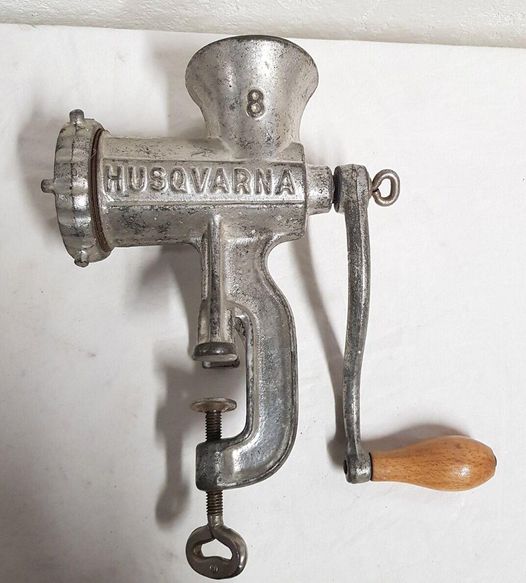Kitchen tools have evolved significantly over centuries, shaping the way we cook and revolutionizing our kitchens. What started as primitive stone tools has led to highly efficient, innovative devices. Let’s take a journey through the fascinating history of these tools and their impact on cooking today.
Early Kitchen Tools: From Stone to Metal
In ancient times, the earliest kitchen tools were basic and rudimentary, made from stones and bones. These tools served fundamental purposes like crushing grains and cutting meat. It was not until humans discovered the use of metals, such as bronze and iron, that kitchen tools became more durable and versatile. For instance, the use of bronze for creating knives and cooking utensils became widespread in many ancient civilizations, enhancing both their efficiency and longevity.
By the Middle Ages, kitchen tools were still manually operated, but their sophistication improved. The advent of cast iron cookware in the 16th century was a game changer. These tools could withstand high temperatures, making them ideal for use over open flames. Cast iron pans, still popular today, are a testament to their durability and utility, passed down through generations.
The Industrial Revolution: A New Era for Kitchen Tools
The Industrial Revolution in the 18th and 19th centuries was the catalyst for the modern kitchen tools we know today. With the rise of factories and mass production, kitchen gadgets became more accessible to the average household. The first mechanical egg beater, invented in the mid-19th century, revolutionized the process of whisking ingredients, allowing for faster and more consistent results. Other inventions, such as can openers and potato peelers, followed, each tool contributing to a more efficient kitchen.
One of the most significant innovations of this era was the introduction of the meat grinder. Invented by Karl Drais in the early 19th century, this device allowed people to grind meat at home rather than relying on butchers. Initially, these grinders were manual, requiring significant effort, but later developments led to powered versions, increasing their utility and ease of use.
The Electrification of Kitchen Tools
The 20th century brought electricity to homes, changing everything in the world of kitchen gadgets. The electric mixer, introduced in the early 1900s, was a groundbreaking invention that saved home cooks hours of manual labor. Brands like Hobart and Sunbeam Mixmaster became household names, and their stand mixers are still iconic kitchen staples today.
These mixers could handle a variety of tasks—beating eggs, mixing dough, and whipping cream—making them indispensable in modern kitchens. They also paved the way for multi-functional appliances like food processors and blenders, which simplified food preparation even further.
The Rise of KitchenAid
Perhaps one of the most recognizable names in the history of kitchen tools is KitchenAid. Founded in 1919 by Hobart, KitchenAid introduced its first stand mixer, which became an instant hit. This was not just a tool for professional chefs; it was designed for everyday use, and its versatility made it a must-have in many homes. With its planetary mixing action, the KitchenAid mixer could thoroughly combine ingredients with minimal effort, making tasks like kneading dough almost effortless.
The brand’s success continued into the mid-20th century, with KitchenAid mixers becoming symbols of status in American homes. The introduction of various attachments, such as pasta makers, meat grinders, and ice cream makers, further solidified their position as one of the most beloved kitchen tools in history.
Modern Innovations: Smart and Eco-Friendly Kitchen Tools
Today, kitchen tools have entered the age of smart technology. Smart devices that connect to Wi-Fi, track cooking times, and even monitor ingredient levels are becoming increasingly common. Brands like Instant Pot have introduced multi-functional gadgets that act as pressure cookers, slow cookers, and steamers all in one, saving both space and time.
see continuation on next page
ADVERTISEMENT

